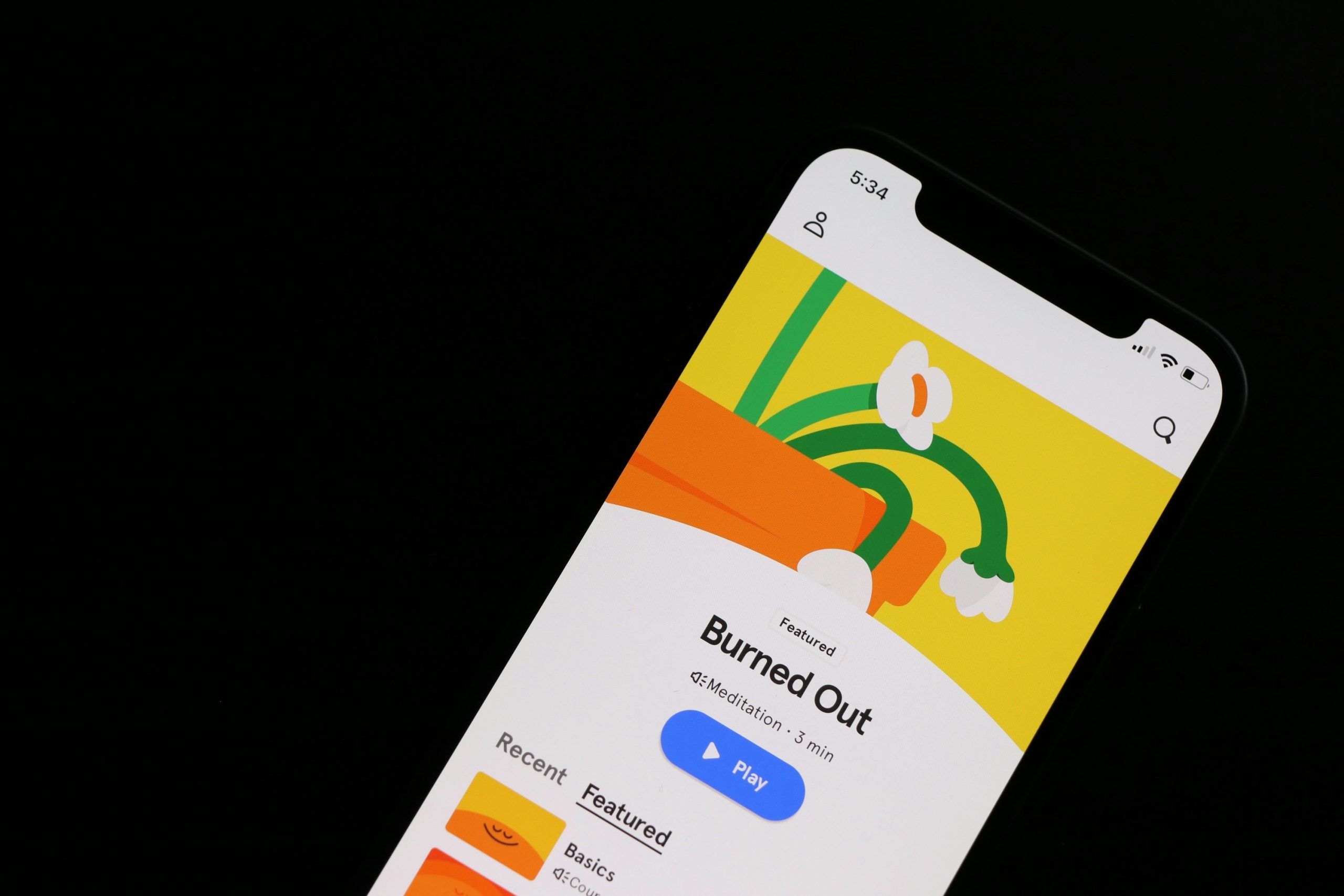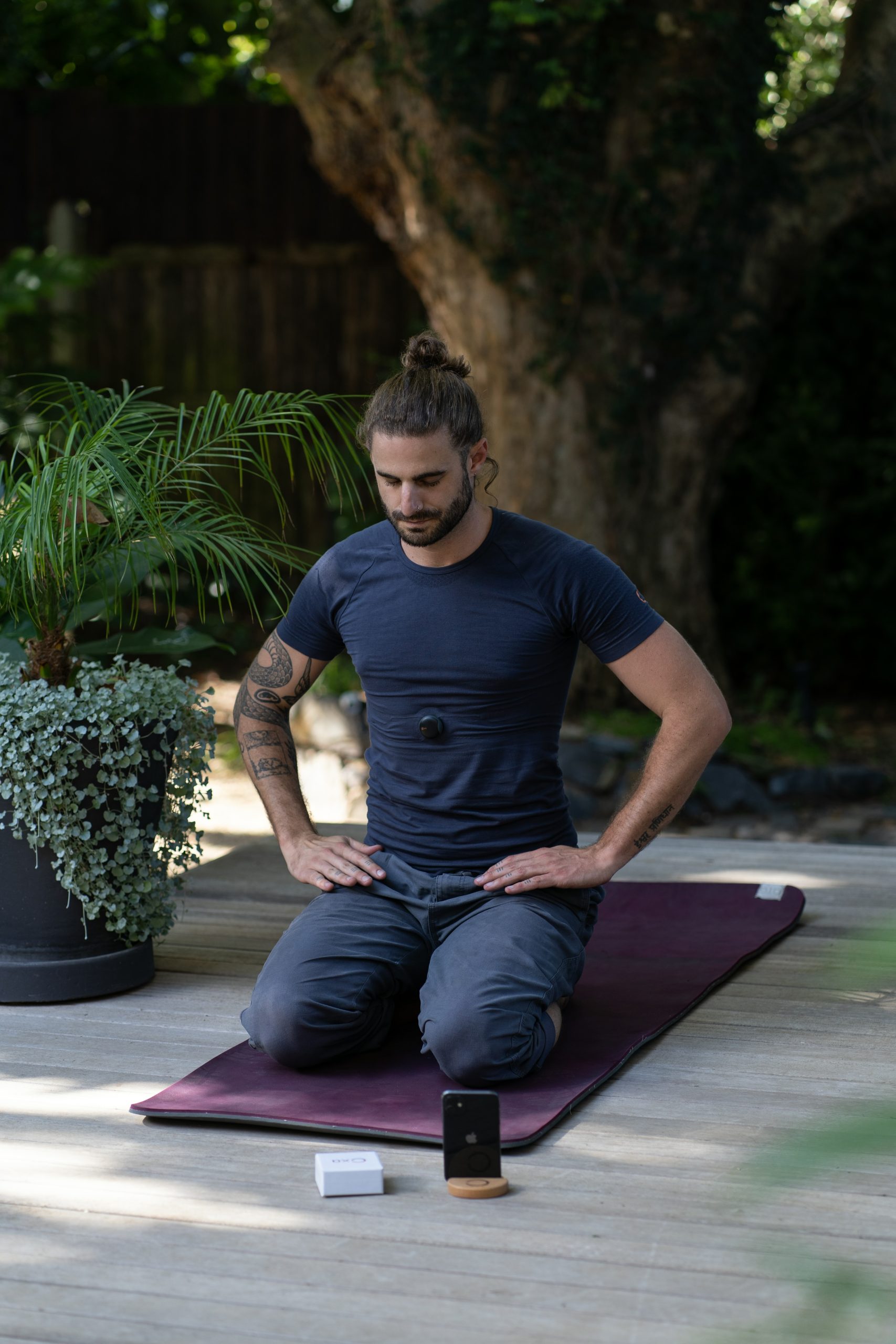
Mental health is no longer a taboo topic. It’s a trending one. In a culture that’s finally acknowledging burnout, anxiety, and the daily mental load, it’s no surprise that tech has stepped in with a solution: mental health apps. With just a tap on your phone, you can meditate, journal, track your mood, practice CBT techniques, or even talk to a therapist. It sounds like progress. But are these apps actually helping, or are they quietly becoming yet another thing we pay for and forget to use?
The rise of these apps has brought convenience and accessibility to the forefront of mental wellness. But as subscription fatigue grows and skepticism creeps in, it’s worth asking: are we really better off with them, or are we just buying into another form of digital distraction?
The Boom in Mental Health Apps
The global mental health app market is booming. In 2024, it’s estimated to exceed $6 billion. There are now thousands of wellness apps on the market, offering guided meditations, talk therapy, daily affirmations, sleep aids, and self-care reminders.
Popular platforms like Headspace, Calm, BetterHelp, Moodfit, and Talkspace claim to bring mental health care to anyone, anytime. In theory, that sounds revolutionary, especially in a world where traditional therapy is often expensive, hard to access, or tied up in long waitlists.
The apps promise to make mental wellness simple. Ten minutes a day. Just breathe. Just journal. Just track. But behind the pastel color palettes and serene interface, a more complicated picture is emerging.
Accessibility or Oversimplification?
One of the biggest benefits of mental health apps is accessibility. For people who can’t afford weekly therapy, live in remote areas, or struggle with the stigma of seeking help, these tools can offer a lifeline.
But here’s the catch: not all mental health concerns can—or should—be managed with a smartphone. Mental illness isn’t always something that can be resolved with daily check-ins or inspirational quotes. While apps can be a great supplement, relying on them exclusively can sometimes oversimplify complex emotional or psychological needs.
Additionally, the design of many of these apps doesn’t always account for neurodivergence, trauma-informed care, or cultural context. What works for one person’s anxiety might be triggering or ineffective for someone else’s depression. And very few apps are regulated or evaluated by mental health professionals in a consistent way.
Subscription Fatigue and “Self-Care Guilt”
Most mental health apps are free to download but require a subscription for full access. A common scenario? You sign up for a trial, forget to cancel, and end up paying $9.99–$69.99 a year for an app you barely open.
And when you do remember it’s there, the app might end up adding stress instead of relieving it. Notifications reminding you to “check in,” “breath,” or “track your gratitude” can feel more like nagging than nurturing. Users report feeling guilty for ignoring their wellness routines as if neglecting the app means they’re failing at self-care.
This leads to a phenomenon known as “self-care guilt,” when the tools meant to help you feel better end up making you feel worse. It’s a loop of unmet expectations and subtle shame, not exactly the stress relief we were promised.
The Problem with “Tech-Solving” Mental Health
We’ve gotten used to apps solving problems: food delivery, dating, workouts, finances. But mental health doesn’t follow the same rules. It’s not always trackable. It doesn’t always progress in a neat upward trend. And while logging your mood can help identify patterns, healing isn’t a product you can optimize.
In fact, constant self-monitoring through apps can sometimes have the opposite effect—heightening anxiety and drawing attention to symptoms without providing meaningful tools to address them. Some users become overly fixated on their metrics, feeling worse when their “calm streak” breaks or their mood score drops.
Mental health is inherently human, and while tech can support it, it can’t replace the nuance, empathy, and connection found in face-to-face care or even a good phone call with a friend.

When Mental Health Apps Do Work
That said, these apps aren’t all bad. In fact, many users credit them with helping them through difficult times. For people who need structure, reminders, or calming tools in moments of panic or insomnia, the right app can offer much-needed support.
Apps like Insight Timer and Calm provide free guided meditations that can help lower stress levels. Mood-tracking apps can help people identify emotional triggers or warning signs of a depressive episode. Online therapy platforms have connected thousands of people with licensed therapists they wouldn’t otherwise have access to.
The key is knowing what you’re using the app for. If it’s a supplement to therapy or a daily support tool, it can be helpful. If it becomes a substitute for deeper care, or another way to avoid addressing root issues, it can easily become a digital bandage over a deeper wound.
What to Look For in a Mental Health App
Not all apps are created equal. If you’re thinking about using one, consider:
Is the app designed or endorsed by mental health professionals?
Does it feel like a tool you control or one that controls you?
Are you using it consistently, or are you just paying for the idea of support?
Does it offer customization for your specific needs or mental health conditions?
Remember that more features don’t always mean better care. Sometimes, the simplest apps—those with no subscription and no pressure—offer the most value.
Tool or Trap?
Mental health apps can be helpful, but they can also become just another digital drain on your time, money, and energy. As with anything in the wellness industry, the key is intentionality. What’s supporting one person might be stressing out another.
Before you renew that $59.99 subscription for a journaling app you haven’t opened since February, ask yourself what you actually need. Maybe it’s quiet time. Maybe it’s an honest conversation. Maybe it’s therapy. Maybe it’s less screen time, not more.
Have you found a mental health app that genuinely helps you, or do they just add pressure to “perform” self-care? Let’s hear your experience.
Read More:
How to Check In With Your Own Mental Health
Free and Low Cost Mental Health Help
Riley is an Arizona native with over nine years of writing experience. From personal finance to travel to digital marketing to pop culture, she’s written about everything under the sun. When she’s not writing, she’s spending her time outside, reading, or cuddling with her two corgis.
Comments